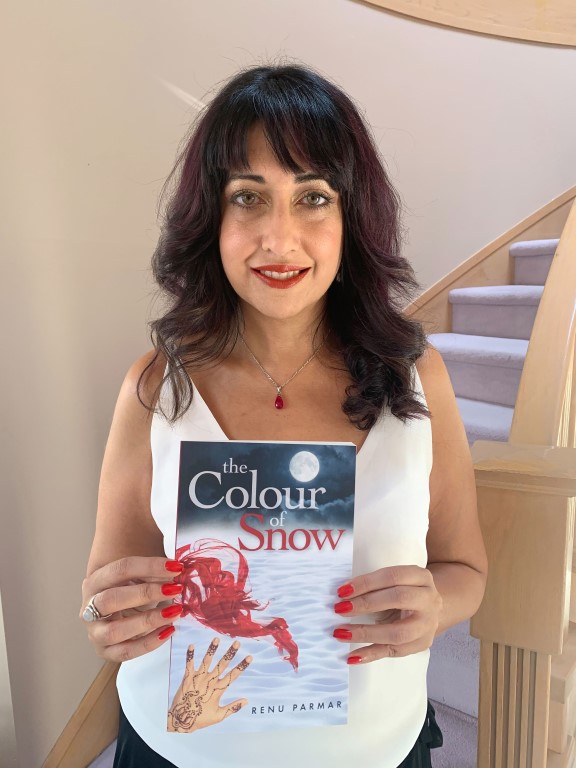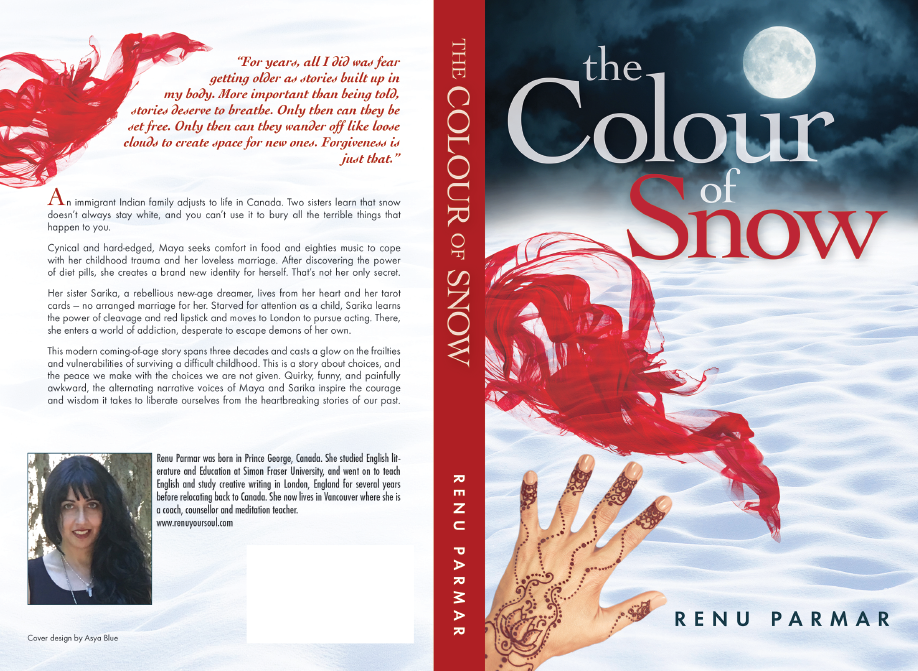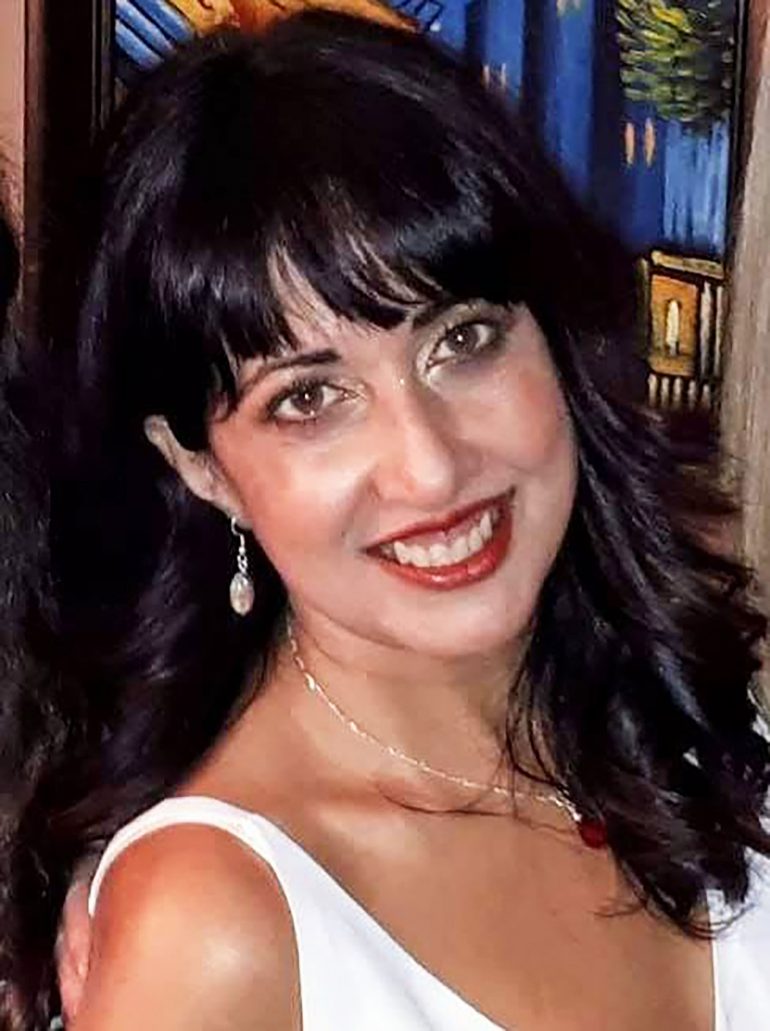I am a counselor and teacher. I have worked in elementary schools with young children, as well as high schools in Canada and London, England. I also do counseling for adults who have depression, anxiety, and addiction issues.
In the last few years, I have worked with many members of the Indo-Canadian community—both men and women. I have learned that so many problems develop in adulthood if we hide and don’t get help, but many Indo-Canadians are afraid to speak. Thus, it ignited my passion to write a book, so that people can have open conversations about problems in our Indian community.
Called “The Colour of Snow,” my book begins in Prince George, BC, where I was born and raised. I was the youngest of three. My older siblings were born in India and immigrated when they were quite young. Our whole family endured a lot of racism in Prince George—both at school and at work. Although it got better in the 1990s as more families immigrated, it was still a big problem when I left. When I moved to Vancouver, I thought I had left this part of my life behind. But that wasn’t true—the racism was just more subtle here. It was when I moved to London, England for a few years, that I processed how I felt about racism in Canada. In England, I felt very celebrated and accepted as an Indian woman, both in the media and everyday life. It was strange for me to admit, considering Canada is supposed to be honoring diversity. I tackle these issues in my story when one of my characters moves to London.

My book deals with issues of what Indo-Canadians face in a small northern town or a big city: racism, adjusting to life in Canada as immigrants, and much more. What immigrant parents go through is so different than what their kids go through – but all can be very challenging. When something dramatic happens in an Indian family, such as the untimely death of a young person, often Indian people don’t know how to seek support, and in return, the community doesn’t know how to provide support. Instead, people talk and speculate, and this creates a dynamic where the grieving family feels isolated. My story is trying to bring awareness to how important it is that we talk openly about our traumas. If we don’t, they turn into some form of illness later.
The most prominent and sensitive topic in my story is about sexual abuse in our culture. About 70% of my clients have experienced some sexual violence in their lifetime. That is a very high number. Talking about it and working through it is usually the turning point in that person’s life and is typically the key to why that person has anxiety, depression, or addiction issues. It is uncomfortable and vulnerable to raise these issues, but for any real healing to happen in our community, we need to speak up. Speaking up gives others the courage to share their stories, and sharing stories creates an open space for healing, growing, compassion, and support.
I want to point out that my book is fiction and is not an account of my personal experience. I wanted to create a beautiful piece of art out of painful emotions, and I wanted people to feel it deeply. However, in this story are little pieces of my journey, real stories of friends, family, clients, and others I have met along the way. It took me eight years to write it, and I have been getting positive feedback so far. I was also grateful to be featured in a one-hour interview on Sanjha TV, discussing the critical messages of my story. I hope you will read The Colour of Snow. It is available on Amazon.
I want to end this article with a quote from The Colour of Snow:
“For years, all I did was fear of getting older, as stories built up within me. More important than being told, stories deserve to breathe. Only then can they be set free. Only then can they wander off like loose clouds to create a space for new ones. Forgiveness is just that.”




